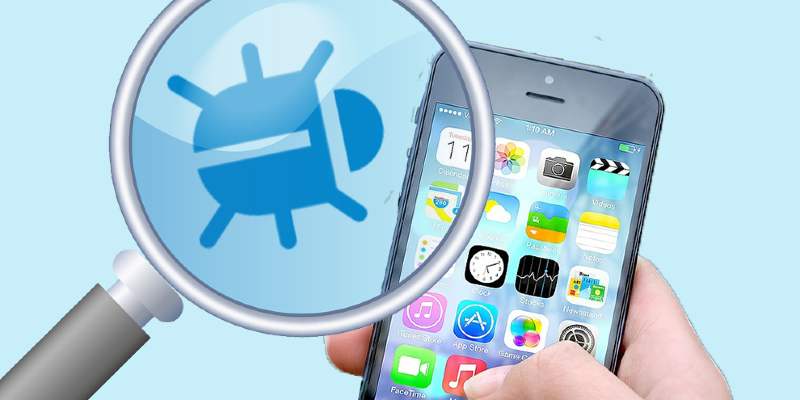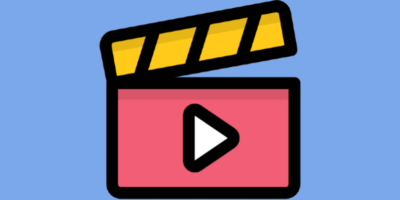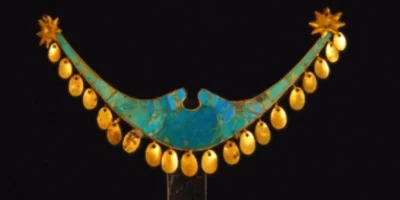What are the best ways to identify fake apps in the Google Play Store and Apple App Store? Our guide tells you what to check so you stay safe from malware.
Find more Fake Check guides, tips and advice
Find more technology guides, tips and advice
You come across an interesting app in the Google Play Store or Apple App Store. But after installation, you notice that the program constantly prompts you to click on advertisements. If you fail to do so, the software stops and cannot be used. In addition, there are apps in the Google Play Store or Apple Store that issue malware or spy on your data. But how can these fake apps be recognized?
Best ways to identify fake apps
Check out the publisher
Check the name of the company that published the app. The name is usually given under the title of the app. Be suspicious if the name is similar to, but slightly different from a well-known provider, as this indicates they could be trying to fraudently attract that brand’s customers and trusting fans.
Should the app appear to come from a developer who is familiar to you, you should be suspicious here at an assumed name. Warning: In many cases, the manufacturers of the fake apps use a name that is the same as that of the reputable company, with only minor differences. For example, Appl instead of Apple.
Check the date of publication
Take a look at the app’s release date. This can be found in a few steps: After you click on the app in the Play Store or Apps Store for more information, further explanations on the app are listed under the buttons. Open the product description of the app and scroll down to get the release date;
Scroll all the way down in the window that follows. Here is the entry for the publication of the app. If there is an ‘updated on’ date, this speaks for the authenticity of the app and is one of the best ways to identify fake apps.
Many of the fakes are available only for a very short time in the Play Store or App Store, and will not be updated. In such cases, the entry “Posted on” is used instead of the entry “Updated on”. Originals, on the other hand, have mostly been around for a long time and have already undergone some updates.
Check out the reviews
If an app has been listed on the Google Play Store or Apple App Store for some time, it has often already collected many reviews. As a rule of thumb: the more reviews, the more certain that the app in question is not a fake . You should also read the reviews themselves. Too good or untrustworthy entries in a short period of a few weeks could also indicate a fake app.
Read the app description carefully
The app description can be found by clicking on the app in the Play Store for more information and then click the button more click. Then a window opens that shows the description of the app. Read this carefully. If there are grammar and spelling errors, it is likely a fake, as reputable genuine brands always have their corporate copy checked before publishing it.
Apple and the problem with fake apps
Even if Apple’s App Store was considered safe for dubious apps for years: The problem with fake apps has also arrived here. Hundreds of the fake programs were discovered last. The majority of these counterfeits are counterfeits of well-known branded or online shops. In addition, there are companies that have not yet offered any apps and whose alleged shopping programs have been published in the app store by dubious providers.
The goals of the apps are diverse: sometimes you spy on the user, for example to gain access data to social networks. Then there is a purchase including payment, as a result of which the purchased product never reaches the buyer. In the meantime, the affected apps have largely been removed from the App Store. However, you should stay alert.
If you discover many spelling mistakes or grammatical shortcomings in the product description, this could be another indication of a fake app.
Beware of exaggerated offers and promises
In addition to the textual error rate, you should check the product description for another aspect: How realistic is what this app offers or promises? Does the provider of the app advertise generous discounts at well-known online shops or does it promise that in future you will be able to access services that are otherwise chargeable, such as pay TV channels? Then you should become suspicious and check the app for more of the above mentioned tips.
Visit the app website
Reputable apps come from developers whose well-founded website can be found on the Internet. Visit the company’s website. Most original vendors provide here a link of the app available, which leads directly into the Google Play Store.




